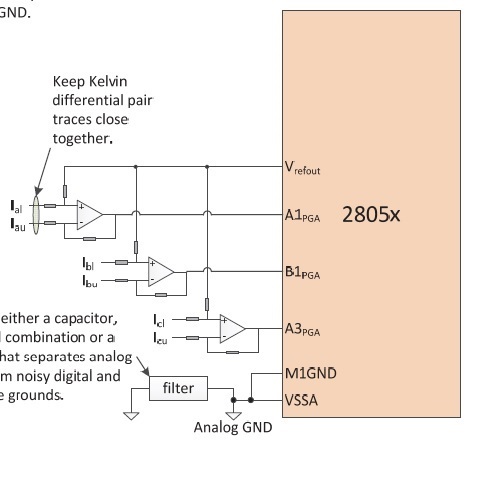With PMSM motors that have an Inductance value > 30mH the motor current gets unstable in the overmodulation range
I have been able to stabilize the current by reducing the current loop gain KpIdq and/or reducing the inductance value in the User.h file by 10 -15%
The Max voltage is set to .5774. The current is stable if max voltage is limited to 0.5
If the motor inductance is less than 30mH the current is stable through the full over modulation range
I am using a custom board with the software based on Project10a but I have also tested the motor with the High voltage kit evaluation board and Project 10a and the current also gets unstable  .
.
Motorware 15
Started with Project 10a
Custom board


